Need help? Press the help button in the bottom right corner or click HERE
Off Peak Special (Term time only) 20% off Monday to Thursday automatically applied at checkout! (Heights Frights and Bites Package Excluded)
close
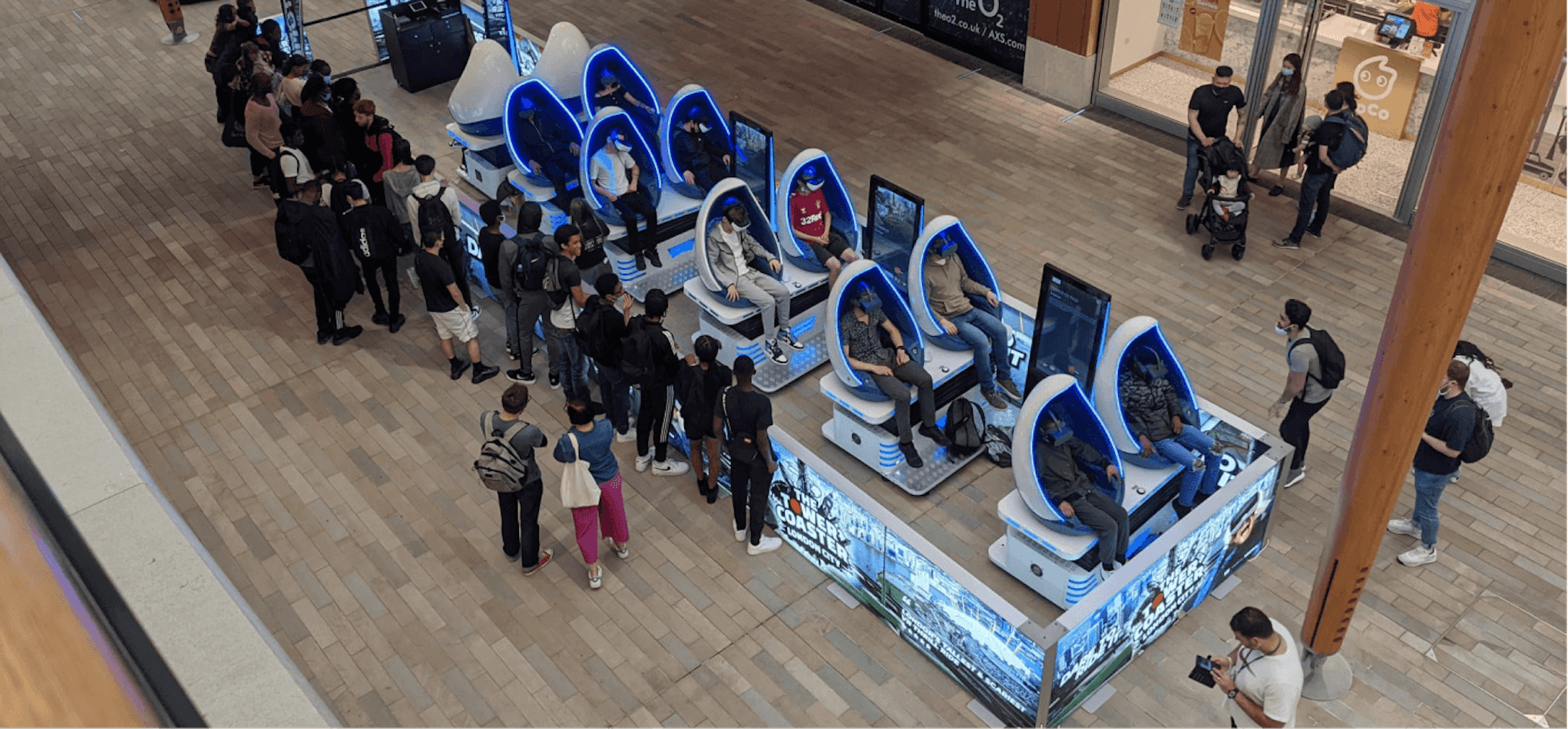
Can VR be used for Education to Improve Learning?
Can VR be used for Education to Improve Learning?
What is the base for a thriving society?
Education, education, education is the base for a thriving society, and the transfer of knowledge has been a top priority for civilisations since the very beginning. People are constantly looking for ways to make knowledge transfer more easily, more quickly, and more effectively.
In the era of digital devices, we have an opportunity to enable better learning with technology. Virtual Reality (VR) seems to be the natural next step for the evolution of education. ImmotionVR has a deep understanding of the benefits and versatility of VR for education.
Is education more than information?
Historically, most technologies designed to aid learning have been aimed at enabling access to information – facts and observations about the world. Before computers, we had a powerful tool that helped us retain facts: books.
While the acquisition of information has become more easily available for more people – with just a few clicks you can discover answers to many questions – the current approach to education has two significant problems:
- It’s based on the same old format – fact retention. Teaching methods are focused on providing facts; however, having access to and consuming a lot of information isn’t learning. Being informed isn’t the same as being educated.
- A lot of people have difficulties comprehending information. Too much information received in a short period of time can be overwhelming. As a result, students can become bored, disengaged and unsure why they are learning about a topic.
Students are far more capable of learning when they perform tasks for themselves. Whilst visual images, verbal instructions and written explanations can be a useful way of providing information, they are not highly effective tools for learning.
The human brain is only able to retain a small percentage of information, even less when the student is not stimulated. However, the method of learning still widely adopted appears to be retention, repetition and recall.
“VR for education gives us the power to scale and make learning more dynamic and engaging. A relatively small VR device can even act as a whole science lab.” Adobe
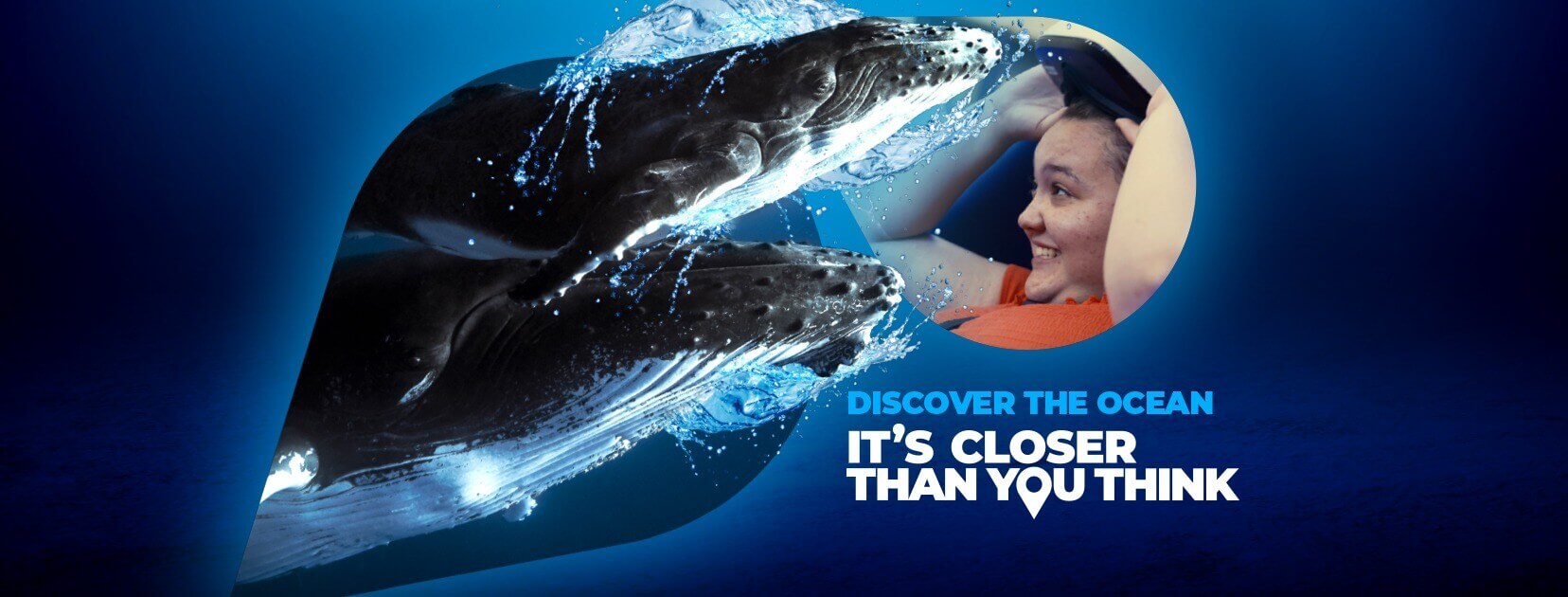
What does VR do to the brain?
Scientific research in neuroscience and psychology has revealed the brain creates a mental map of an environment from information that is absorbed through the five senses.
The information subsequently becomes our perception of reality and the more information we take on-board the more our cognition develops. When we see something that is familiar, the brain predicts what will happen next.
However, when the brain does not have any practical experience of a situation, the reaction will be based on information that is stored in the memory.
VR for education has the ability to rewire the brain and enhance neural connections that are needed for learning and memory. In a simulated environment, the brain is seeing and doing exactly what is required – it is not filling in the gaps. As a result, students and trainees can learn quicker and more effectively.
“VR for education tech can enable more effective learning at a lower cost and in less time than many traditional learning methods.” Deloitte Insights
VR headsets are designed to totally immerse users in the virtual simulation. Their sight, hearing, smell and touch are absent from the real world thus the brain thinks the virtual world is real. Levels of sustained concentration are also enhanced while immersed in a VR environment.
Because of this the cells take in information and create “schemas” that impact how students will react to a real-world environment. Furthermore, new synapses are formed which could help students improve how people learn in other areas of their life. Transferable learning is a highly desirable skill and often necessary in the modern evolving workspace.
How does VR enhance memory?
In educational environments that use spoken and image-based learning methods, the average person will forget 50% of the information within the first hour. By the next day, we have forgotten 70% of the details and, without repetition, we only remember 10% of the information after a month.
One of the most significant attributes of VR for education is the ability to prompt emotional reactions. Because the brain believes a VR simulation is a real-life situation, the emotional reactions that are triggered heighten the user’s capacity for learning.
Studies into the role of emotions and memory have discovered that we recall situations far more easily when emotions are aroused, and not how significant an individual considers the event. The benefits of VR for education are therefore clear, particularly for learners with lower or negative opinions of the significance and value of traditional education.
A US study asked participants to perform a task using a VR headset and then again using their own coordination. When participants used VR headsets, the results engineered an 8.8% improvement in memory performance. Statistically, in an educational assessment setting, this is significant.
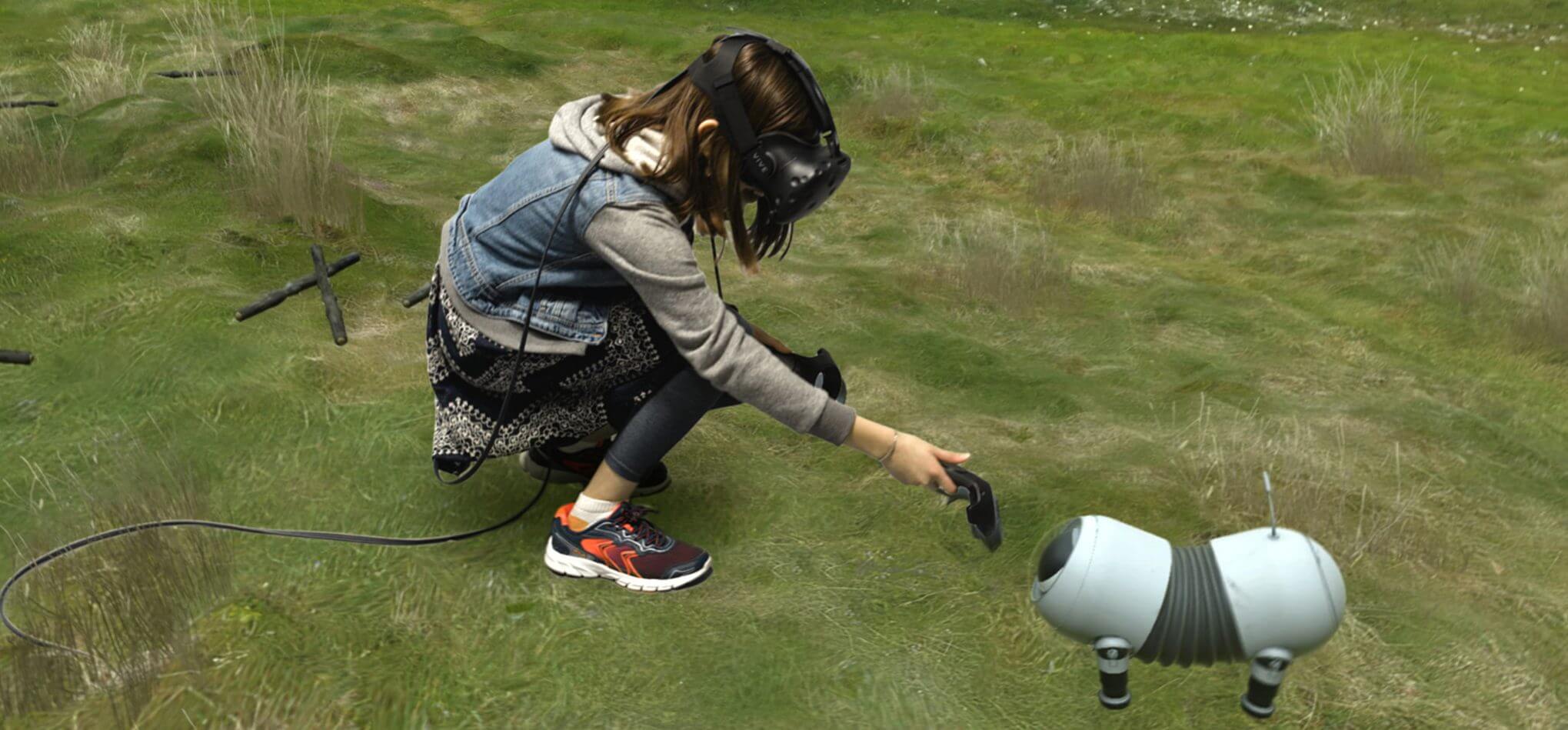
How does VR make users more “present”?
Research at the University of Regensburg found the most effective methods of teaching using VR was when the user’s emotions are aroused. Researchers also made a connection between learning curves and how present, or involved, users were during their experience.
Students that are not engaged retain less information and are less prepared to apply the knowledge they do have to real-life situations.
Immersive VR simulations are enhanced to be interactive so that users are more present. Essentially, immersive learning optimises the efficiency of training and enhances the learning experience.
With the ability to transport pupils, students and trainees into real-life situations without any risks, science has shown VR for education has to be the way forward for schools, colleges, business sectors and industry.
VR educational experiences
Where can we apply virtual reality in education? The answer is almost everywhere. VR creates an infinite set of possibilities that people can experience. Here are a few types of experiences you can create with VR for education.
Virtual fields trips
VR technology can be used to engage students in topics related to geography, history, or literature by offering a deeply immersive sense of place and time. Simply imagine geography lessons where you can visit any place on the globe – this type of experience is much more enriching than just reading about it.
High tech training
VR is a good solution for highly technical training fields like the military or the medical industry. For example, the most significant challenge for medical students learning anatomy is understanding the body in three dimensions and how different systems fit together. VR for education can help overcome this problem.
Work experience
Gaining experience of different careers is an essential part of the learning process. From early childhood, we dream about what we want to be when we grow up, and those dreams are usually inspired by the professionals in our lives. Often, we get this understanding through work experience placements, apprenticeships and internships.
Having VR for education helps broaden students’ exposure to careers. It improves people’s ability to imagine themselves in others’ shoes. Career expeditions show what it’s like to work in a field – students can explore a day in someone’s career, see what person is studying, and understand what a person likes, or doesn’t like, about their job. As a result, the experience becomes familiar to students.
Group learning
Some of the most important knowledge we gain doesn’t come from what we hear from teachers or lecturers, but rather from group activity and debate. VR for education gives the opportunity to make learning experiences social by allowing students to communicate with each other. Using avatars and mapped facial expressions, people can come together to discuss, synthesise, and learn from one another.
Distance learning
VR for education allows us to bridge the gap between educators and learners. With VR, distance learning tools can put educators and students together in the same room with digital representations of themselves – teachers can teleport into the VR world and guide students through their experiences.
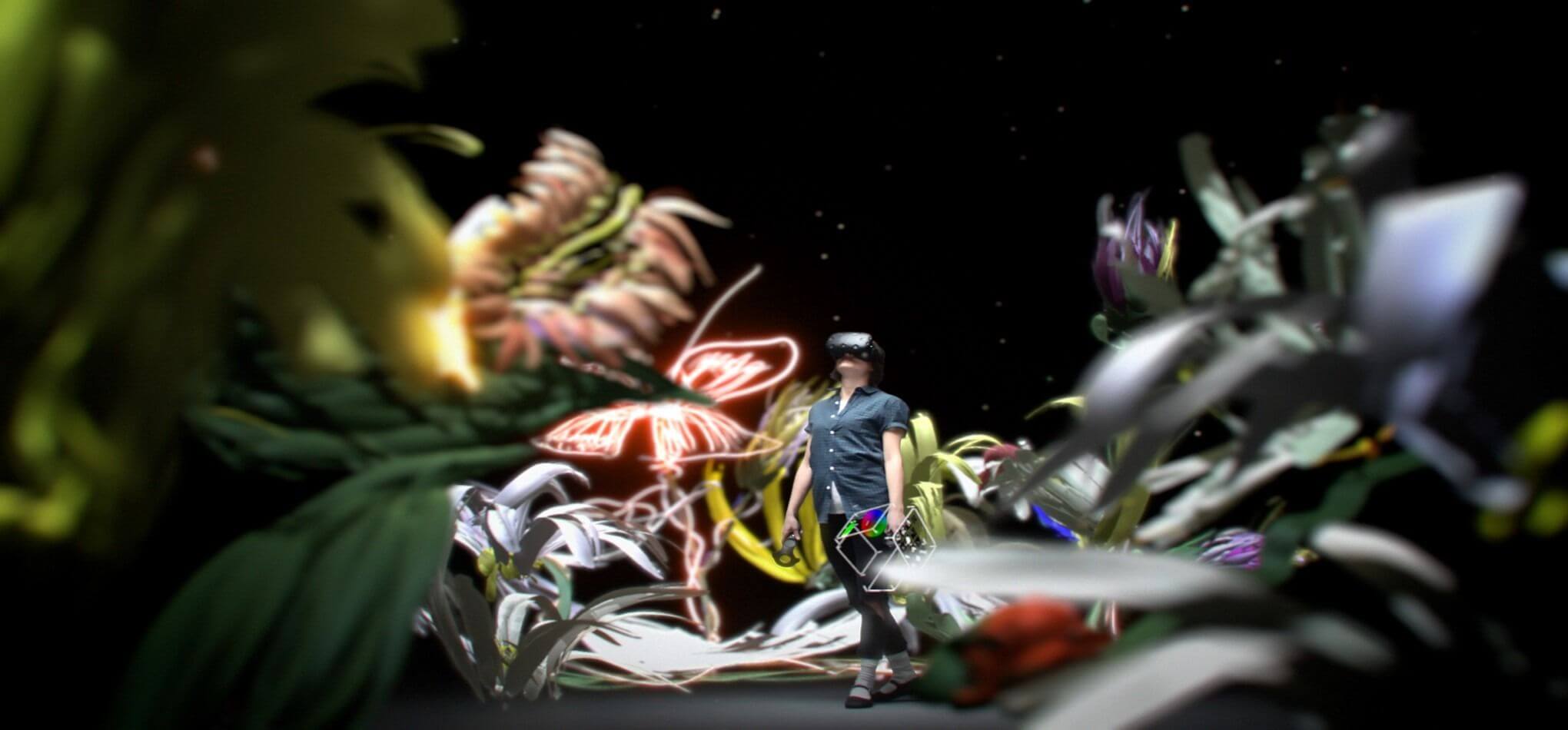
Will there be a new role for teachers?
The transition from analog teaching practices to digital ones is changing what teaching looks like. The role of a teacher is evolving from content delivery to content facilitation. Teachers will be increasingly focused on creating conditions for exploring, rather than providing information and assessing the retention of that information.
Why should we embrace VR for education?
VR for education will change the world as we know it. Twenty-first century classrooms will be technologically advanced places of learning, with VR technology significantly increasing students’ engagement and learning.
VR experiences will inspire a whole new generation of young and bright students, ready to innovate and change the world. And that’s something we should all embrace.
“I never teach my pupils, I only attempt to provide the conditions in which they can learn.“ Albert Einstein
Discover MIND-BENDING vr experiences
- star
- star
- star
- star
- star
Based on 321 Reviews
related article
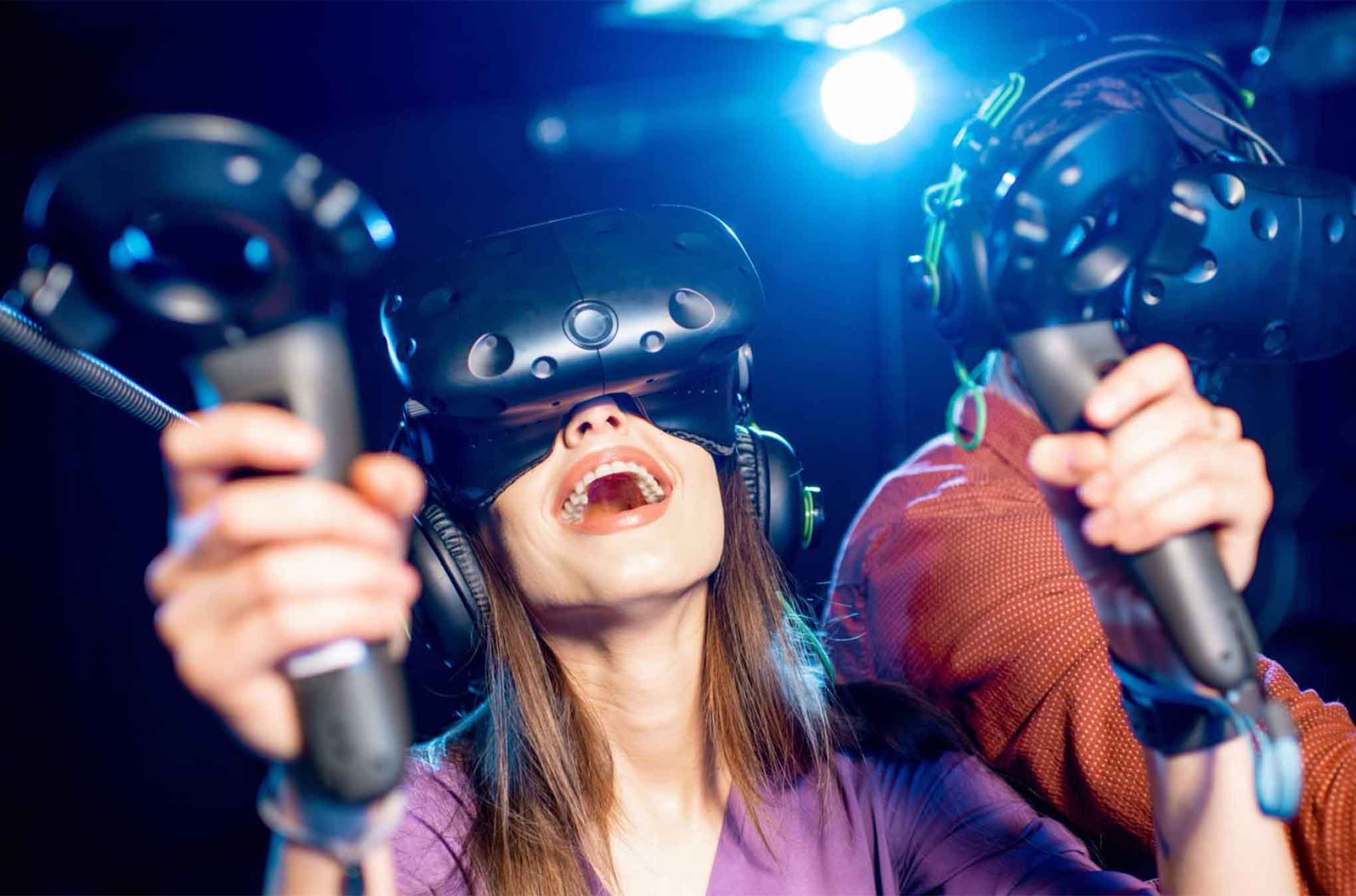
By Les Grzyl 28th April 2021
Spring into action with ImmotionVR
Spring into action with ImmotionVR Amazing immersive VR Experience Centres reopening near you soon. ImmotionVR […]
CONTINUE READING…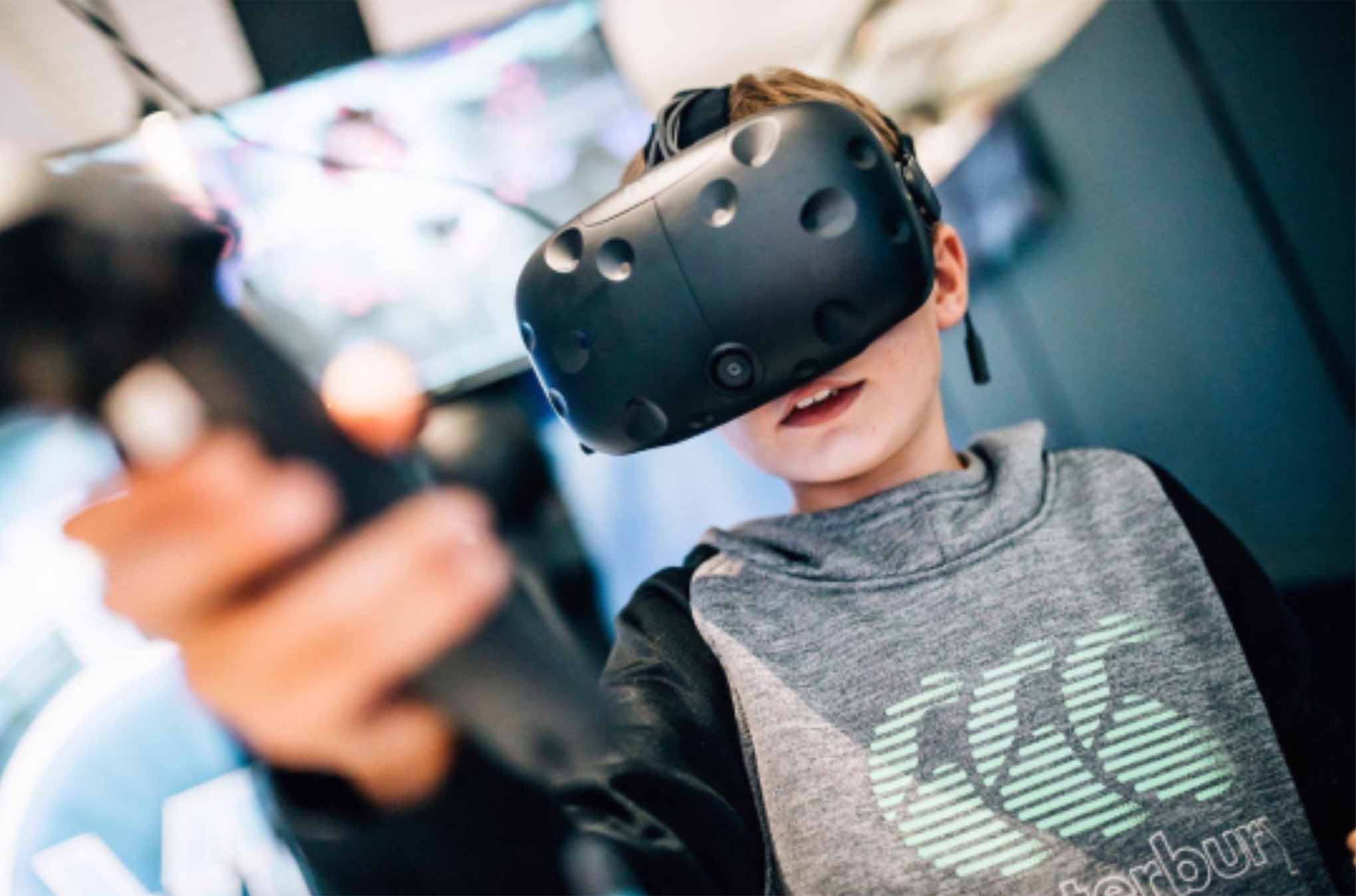
By Les Grzyl 7th July 2021
What are VR Experience Days?
What are VR Experience Days? VR Experience Days are full of fun, exciting, immersive and […]
CONTINUE READING…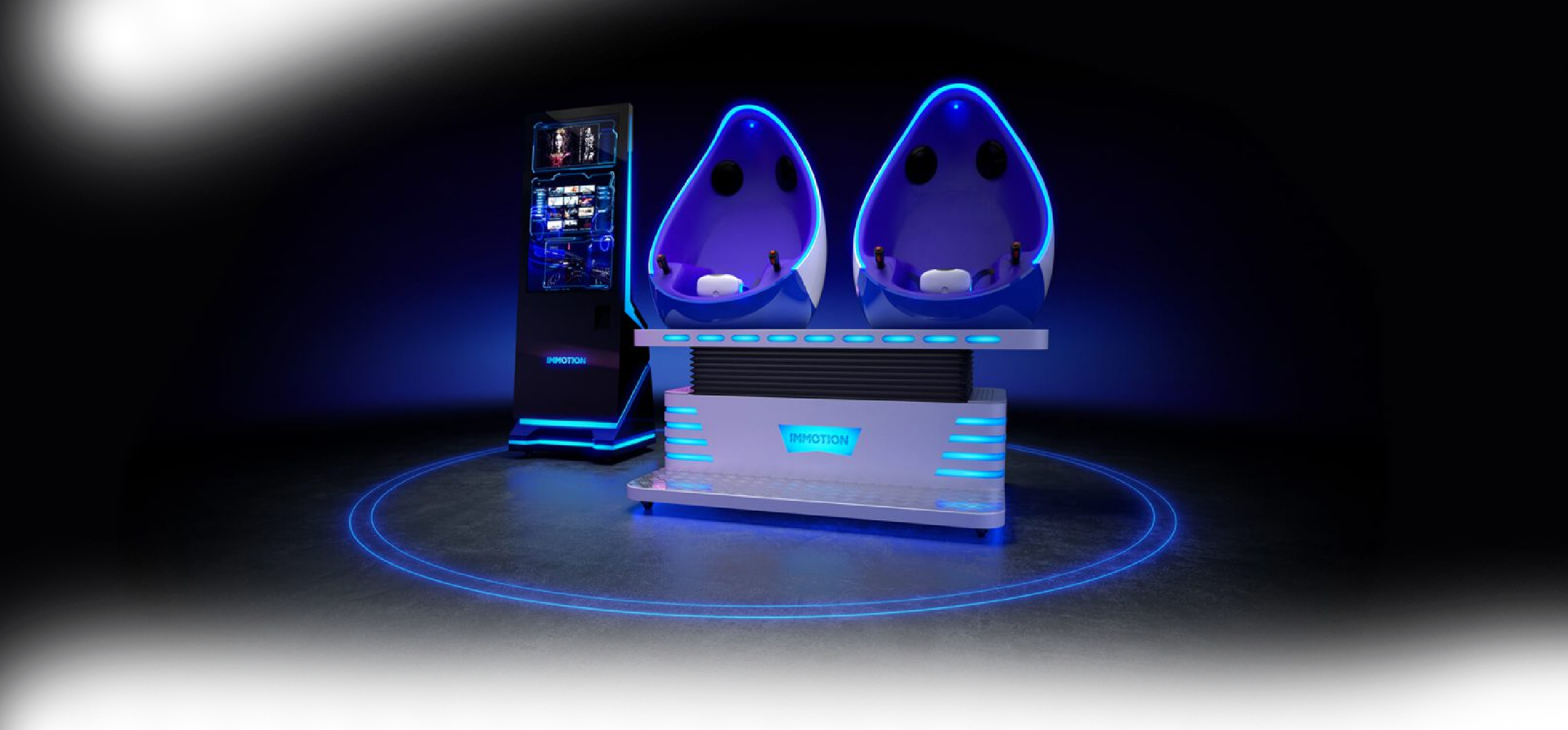
By Castleford IMVR 16th February 2023
About us
ImmotionVR is a company that offers a wide range of virtual reality experiences for both […]
CONTINUE READING…
